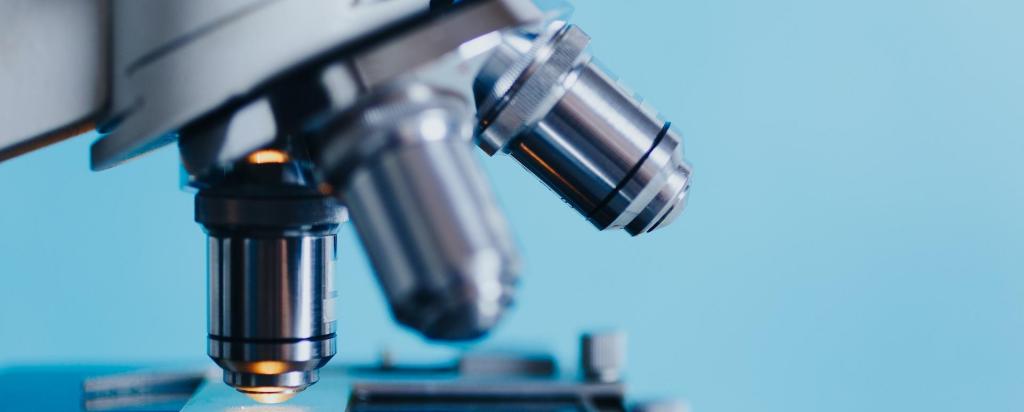National Science Week: Success with virtual events
Virtual activities celebrating the benefits of nuclear science and technology held for National Science Week

Showing 81 - 100 of 225 results
Virtual activities celebrating the benefits of nuclear science and technology held for National Science Week
ANSTO continues a longstanding, mutually-beneficial research relationship with the University of Wollongong following the signing of a strategic agreement this week.
International research led by Monash University and the Peter Doherty Institute for Infection and Immunity has achieved a proof of concept for a new, fast, portable saliva screening test that uses an infrared light technology to confirm infection with SARS-CoV-2.
How to prepare samples for analysis on the Powder Diffraction beamline.
ANSTO’s National Deuteration Facility has provided deuterated cholesterol for international research to gain a better understanding of how the Spike protein of the COVID virus, SARS-Co-V-2, infects human cells through a membrane fusion mechanism.
Australian and international researchers have used ANSTO’s Australian Synchrotron to confirm the presence of an unusual diamond found in stony meteorites.
Research will change understanding of Australian Aboriginal rock art found in rock shelters of the Kimberley and its relationship to a changing landscape

ANSTO is proud to support calls for daring and innovative ideas to fight COVID-19 as part of the ACS online Flatten The Curve hackathon.
The new Micro Computed Tomography (MCT) beamline is the first instrument to become operational as part of the $94 million Project BRIGHT program, which will see the completion of eight new beamlines at ANSTO’s Australian Synchrotron.
Resources and a list of user publications associated with Infrared microspectroscopy.
Powder diffraction and X-ray fluorescence microscopy support investigation of pigments in rock art.

ANSTO is responsible for the Little Forest Legacy Site (LFLS) located within the ANSTO Buffer Zone boundary. This site, formerly known as the Little Forest Burial Ground (LFBG), was used by the Australian Atomic Energy Commission (AAEC) during the 1960’s to dispose of waste containing low levels of radioactivity and beryllium oxide (non-radioactive) in a series of shallow trenches. There has been regular monitoring of the site since 1966 and the results have been reported in ANSTO’s environmental monitoring reports.